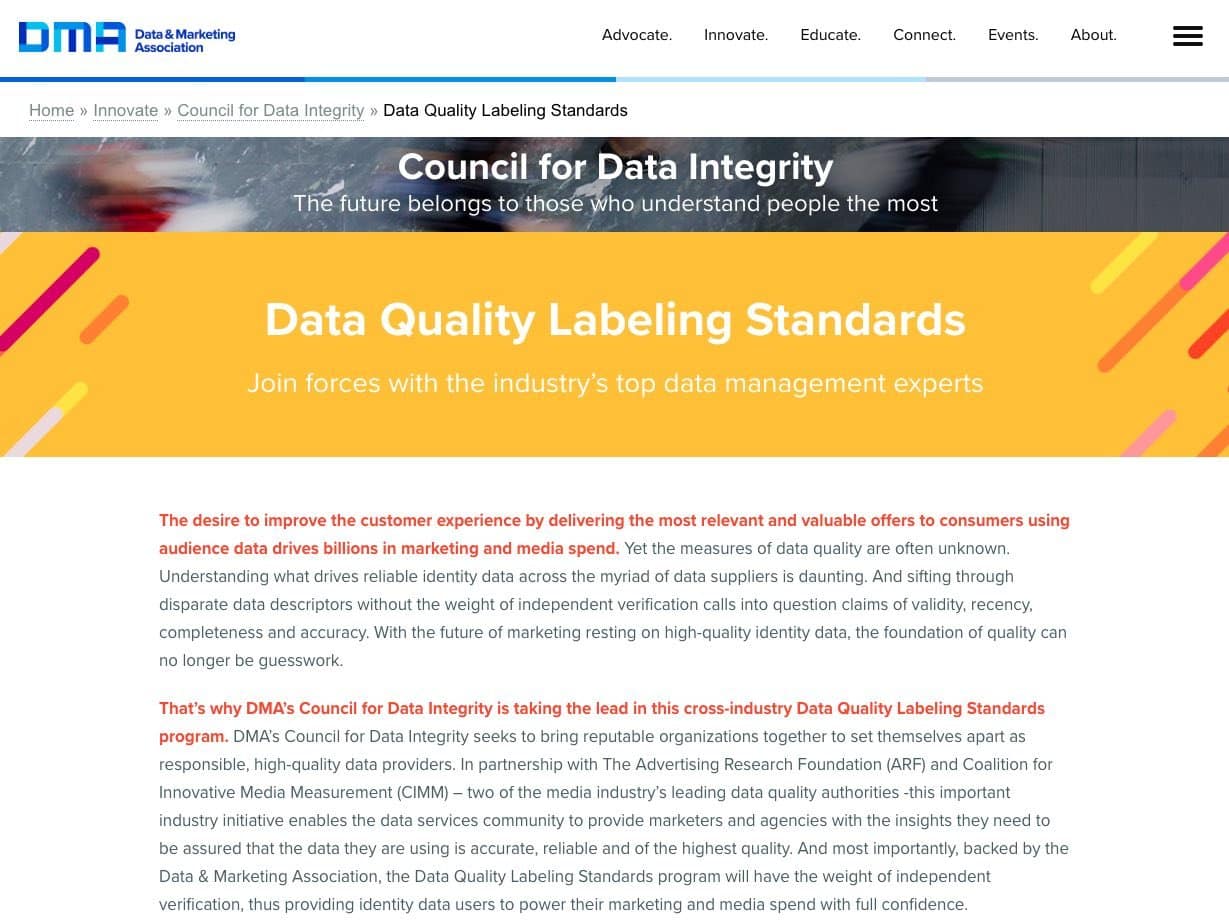
Data: The Challenge of Defining Quality Information
Lorem ipsum dolor sit amet, consectetur adipiscing elit. Ut elit tellus, luctus nec ullamcorper mattis, pulvinar dapibus leo.
You can't be a successful data publisher unless you're selling high-quality data. It's not just because customers want value for their money, it's because they increasingly depend on third-party data for their own business success, so it's a high-stakes decision. Even if your product has the slickest interface, the most granular and well-structured data and the best integration tools, there is nothing that matters more than the data itself. That's why data quality is an integral part of your sal...
HELLO!
This premium article is exclusively reserved for Subscription Insider PRO members.
Want access to premium member-only content like this article? Plus, conference discounts and other benefits? We deliver the information you need, for improved decision-making, skills, and subscription business profitability. Check out these membership options!
Learn more about Subscription Insider PRO memberships!
Already a Subscription Insider PRO Member?
Please Log-In Here!
- Filed in Data and IoT, News, Subscriber Only








